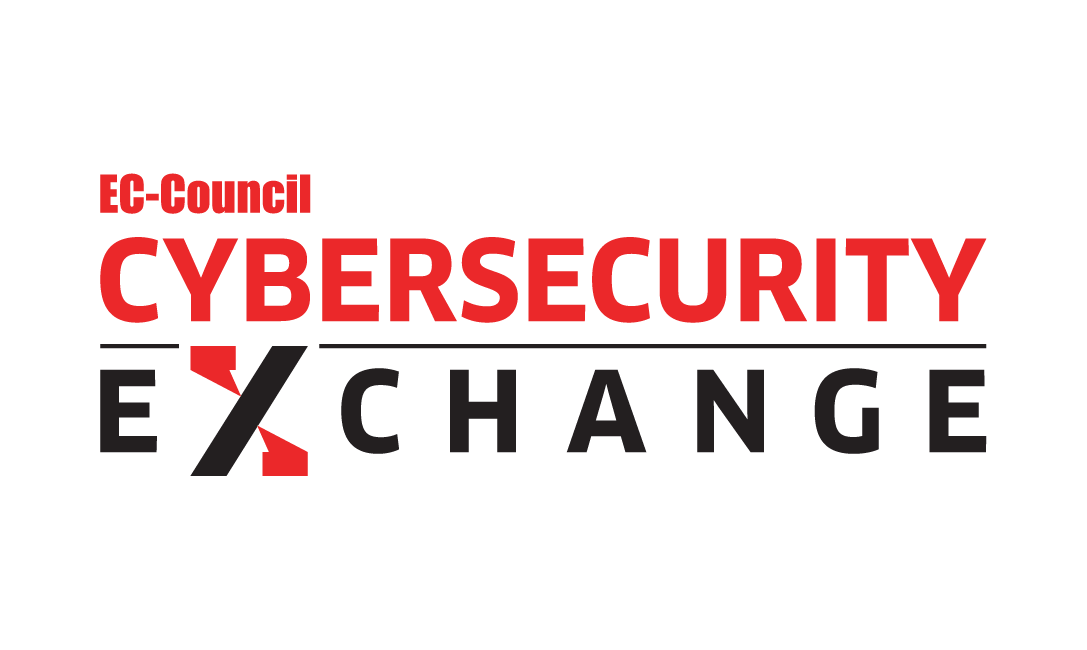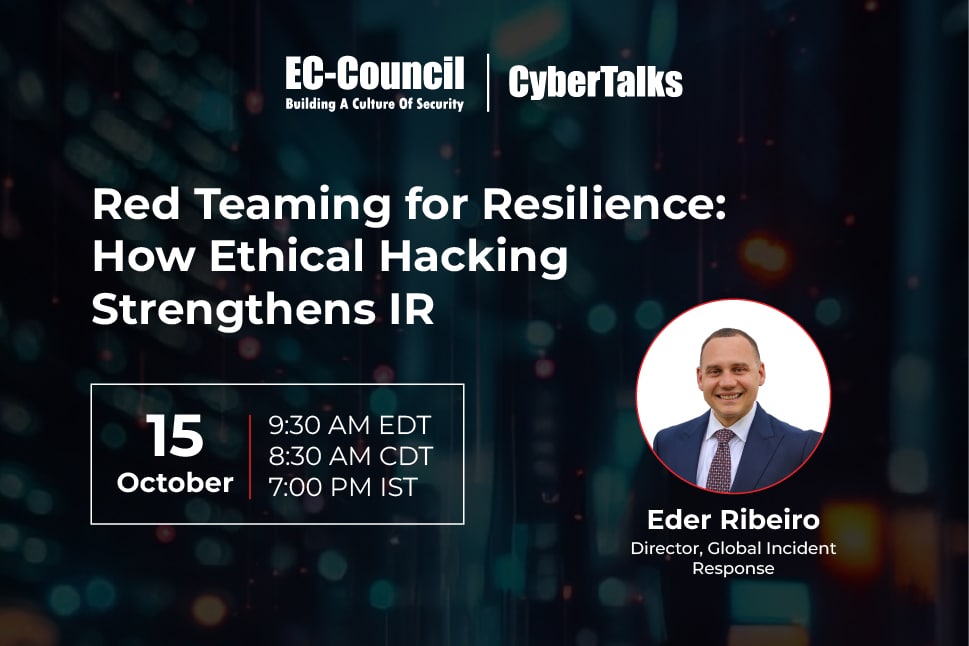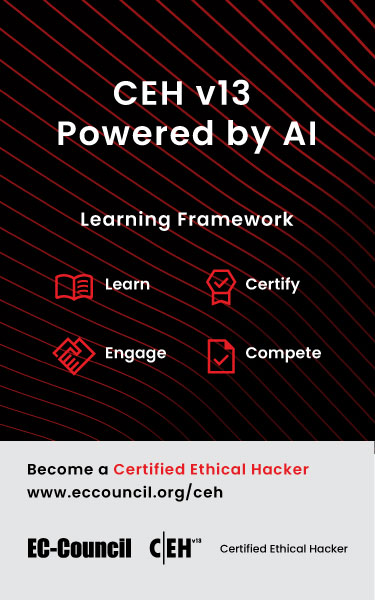The Future of Pen Testing: How AI Is Reshaping Ethical Hacking
- Alexandre Horvath
- Network Security
As the threat landscape is evolving rapidly, ethical hackers also need to change their approach by integrating AI into pen testing capabilities. This article explores the growing role of AI in automation and pen testing, focusing on how AI enhances security operations, boosts efficiency, and supports ethical hacking. It discusses key tools and the importance of high-quality data, since even the most advanced AI systems fail without accurate input. It also provides insights on how to integrate AI into pen testing while maintaining ethical standards and best practices.
AI Integration in Pen Testing
Role of AI in ethical hacking
AI is transforming ethical hacking by rapidly identifying vulnerabilities with greater accuracy. Unlike manual methods, AI-driven tools analyze large datasets, correlate multiple attack vectors, and uncover hidden risks, enabling faster, more comprehensive threat detection. However, results depend heavily on data quality. Poor or outdated input leads to ineffective outcomes. With high-quality data, AI empowers security teams to proactively defend against threats, offering a significant edge over traditional approaches.
Automated Exploitation Techniques
Artificial Intelligence (AI) enables automated, realistic attack simulations that help security teams test system resilience more effectively. These tools reduce manual effort, allowing ethical hackers to run deeper and more frequent tests. AI can simulate cross-vector attacks, continuously learn from outcomes, and improve accuracy over time. However, it requires regular oversight, tuning, and high-quality data to remain effective. With intuitive interfaces and real-time prompts, AI tools streamline testing workflows, freeing up experts to focus on analyzing vulnerabilities and strengthening defenses.
Intelligent Vulnerability Discovery
AI enhances vulnerability discovery by leveraging advanced algorithms. However, these algorithms need to be properly understood, configured, and optimized to ensure accurate results. Once implemented effectively, AI can analyze systems and networks with far greater accuracy and speed than traditional methods.
By simulating potential attack vectors, AI tools can also prioritize risks efficiently. This prioritization allows security teams to focus on the most critical vulnerabilities first while addressing lower-level risks as needed. Since AI can process data at high speed, significant computing power can be directed toward mitigating the highest risks quickly and effectively, ultimately reducing overall exposure.
Telemetries in Vulnerability Assessment
Telemetry provides the real-time, reliable data AI needs to detect vulnerabilities accurately. Poor-quality or unverified data can lead to false positives and flawed decisions, making data validation essential.
Telemetry includes metrics like network traffic, system logs, and user behavior. When combined with device and user behavior analytics, it helps identify both external threats and insider risks. AI uses these insights to flag anomalies, alert teams, and trigger automated responses, strengthening defenses and reducing overlooked threats.
Tools and Techniques for Ethical Hacking
There is now a wide range of AI-based penetration testing tools and techniques that ethical hackers can leverage to strengthen their work. These go far beyond traditional tools, incorporating advanced capabilities such as:
- Automated pen testing involves modern AI-powered platforms that streamline and accelerate testing compared to earlier manual methods.
- Machine Learning algorithms for Threat Detection Enable more accurate identification of anomalies and potential threats.
- AI-driven vulnerability scanners Provide faster, more comprehensive coverage with reduced false positives.
For those using Kali Linux, there are now AI-enhanced platforms integrated into the distribution, offering a variety of pre-configured tools for different tasks, including pen testing. Exploring and experimenting with these can be both educational and highly effective.
These AI-enabled tools improve testing efficiency and accuracy, allowing ethical hackers to detect and mitigate risks more quickly. They also provide significant learning opportunities for junior professionals. Many tools generate clear, AI-created prompts that not only guide users through the process but also serve as a valuable way to learn new techniques and best practices.
PentestGPT
One of the emerging AI-powered tools in ethical hacking is PentestGPT. This platform allows security professionals to streamline pen testing tasks by generating payloads, commands, and even exploiting vulnerabilities with AI assistance.
The tool is available in two versions:
- Free Version: Generates outputs such as payloads or commands, which users must execute manually.
- Paid Version: Offers full terminal access, allowing AI to execute payloads and commands directly, significantly reducing manual effort.
In a simple reflected XSS lab, tools like PentestGPT can streamline exploitation by analyzing page sources and suggesting payloads, saving testers’ time. While this showcases AI’s efficiency, understanding the fundamentals remains essential, especially for beginners. Experienced testers and bug bounty hunters benefit most, as AI can automate complex tasks and reduce manual effort. With well-crafted prompts, PentestGPT performs effectively across various labs, but human oversight is still necessary to ensure accuracy and maintain skill depth. In short, PentestGPT demonstrates how AI can enhance ethical hacking by:
- Accelerating vulnerability testing and exploitation.
- Assisting with payload generation and validation.
- Reducing manual effort in repetitive tasks.
- Enabling faster learning through practical, AI-generated examples.
This makes it a valuable tool for both learning and professional penetration testing, though it should complement—not replace—human expertise.
Kali GPT and Hashcat
Another interesting use case is combining Kali GPT with Hashcat to demonstrate password cracking techniques. For this example, we’ll keep it simple by generating an MD5 hash of a password.
The process works as follows:
- Generate the Hash: Open a terminal, create the MD5 hash, and save it into a file (e.g., hash.txt).
- Use Kali GPT for Guidance: Prompt Kali GPT to identify the hash type. It quickly recognizes it as MD5, a common format already listed in public hash databases.
- Launch Hashcat: Following Kali GPT’s instructions, select a wordlist and execute the attack.
- Recover the Password: The hash is cracked successfully, revealing the original password.
AI tools like Kali GPT and Hashcat offer valuable learning opportunities by simulating password cracking and testing system resilience. However, they also highlight risks: common hashes are easily found online, emphasizing the need for strong hashing algorithms and complex passwords. These tools reduce manual effort and provide hands-on experience in pen testing. With many tutorials available, they’re ideal for ethical hackers looking to deepen their understanding of password security.
Benefits and Limitations of AI Integration
AI brings significant advantages to cybersecurity and ethical hacking, but it also comes with important limitations that must be considered.
Some of the key benefits include:
- Faster Threat Detection: AI enables rapid identification of potential risks, far beyond the speed of manual analysis.
- Improved Accuracy in Vulnerability Assessments: AI can detect more vulnerabilities and evaluate them with higher precision.
- Reduced Human Error: Unlike manual processes, AI can process large datasets holistically, minimizing the chances of overlooking critical issues.
On the other hand, some of the key limitations involve:
- False Positives: AI may incorrectly flag normal activity as malicious, leading to wasted effort or misdirected investigations.
- Reliance on Training Data Quality: As the saying goes, “garbage in, garbage out.” Poor or outdated datasets will result in weak assessments.
- Ethical Concerns: AI-driven decision-making raises questions about fairness, transparency, and accountability. Without proper oversight, outcomes may be biased or misaligned with ethical standards.
- Over-Reliance on Automation: While powerful, AI is not infallible. Human expertise remains essential for interpreting results, validating findings, and making informed security decisions.
Overall, AI is a valuable addition to the security toolkit. When implemented thoughtfully—with high-quality data, human oversight, and ethical considerations—it can significantly enhance detection, accuracy, and efficiency. However, organizations must remain cautious and ensure they balance automation with expert judgment to maximize its benefits.
Best Practices for AI-Based Pen Testing
Implementing AI in pen testing requires a thoughtful and structured approach. Some best practices include:
- Establish Clear Protocols: Define well-structured processes to guide AI use in testing.
- Continuous Monitoring: AI tools are not “set-and-forget”; they require ongoing oversight and adjustment.
- Regularly Update Training Data: Ensure data remains accurate, relevant, and free of bias to maintain effectiveness.
- Ensure Transparency: Security teams must understand how AI reaches its conclusions and document decision processes.
- Maintain Human Oversight: AI should support, not replace, human judgment. In uncertain or high-impact cases, final decisions must rest with people.
Ethical Implications of AI Use
The use of AI in pen testing also raises broader ethical implications, including privacy concerns, fairness, and accountability. These issues are not unique to pen testing but apply across many areas of AI use, making it essential to balance automation with human responsibility.
Key concerns include:
- Privacy risks and potential misuse as AI can unintentionally expose sensitive data or be exploited for harmful purposes.
- Organizations should establish clear guidelines for responsible AI use. Frameworks like ISO/IEC 42001 can serve as a strong foundation, even if full certification is not pursued.
- Proactive setup vs. reactive fixes requires building ethical considerations into AI systems from the start, as it is far more effective than patching issues later.
- Clear usage policies must define what employees can and cannot do with AI (e.g., preventing the misuse of company intellectual property in prompts). Training and awareness programs are essential to reduce risks.
AI does not have its own values; it reflects the intentions and biases of its creators. Every dataset, algorithm, and line of code carries human decisions. If not carefully managed, AI can reinforce discrimination, invade privacy, or cause harm.
To prevent this, developers and organizations must:
- Use diverse and representative data.
- Audit regularly for bias.
- Involve multidisciplinary teams, including ethicists, compliance, and legal experts.
- Ensure transparency and human oversight, especially where rights and lives are at stake.
Addressing Biases in AI Algorithms
Addressing bias is essential to ensure fair, effective, and trustworthy security solutions. Once an algorithm is developed, it should not be treated as a “finished product.” Regular auditing and refinement are necessary to identify and correct discriminatory patterns. Improving diversity in training datasets is critical, as biased or incomplete data can lead to skewed outcomes. In addition, organizations should involve multidisciplinary teams, including compliance, legal, data protection, security, and even HR, when reviewing AI systems. This collaborative approach helps ensure that solutions are not discriminatory toward individuals or groups. Because biases can be difficult to correct once embedded, addressing them proactively during development and deployment is vital. Bias mitigation should be seen as an ongoing process, not a one-time effort.
Conclusion
AI is no longer optional; it’s reshaping ethical hacking and security operations through automation, speed, and precision. Organizations should embrace AI tools thoughtfully by establishing clear usage policies, ensuring high-quality data, auditing algorithms regularly, and maintaining human oversight. When used responsibly, AI reduces manual effort, allowing ethical hackers to focus on strengthening defenses and responding to threats more effectively. While automation boosts efficiency, accountability must always remain with humans.
Tags
About the Author

Alexandre Horvath
CISO & DPO, Cryptix AG
Alexandre Horvath serves as the Chief Information Security Officer (CISO) and Data Protection Officer (DPO) at Cryptix AG. In this role, he is responsible for protecting mission-critical assets/devices from cyber threats and risks. Additionally, he carries out risk assessments and business impact analyses, as well as simulated crisis scenarios involving executive leadership. He also ensures compliance with data protection/privacy regulations (for example, the ISO27001 standard). Due to his extensive experience in cybersecurity and data protection management, particularly in building and sustaining cybersecurity programs, he is able to set strategic directions for cybersecurity initiatives and provide leadership and oversight in addressing data breach issues. Based on his flair for new technologies and his extensive IT expertise, he understands the need for cybersecurity in the process of digital transformation. As a strong communicator, he efficiently shares insights with all involved stakeholders.













